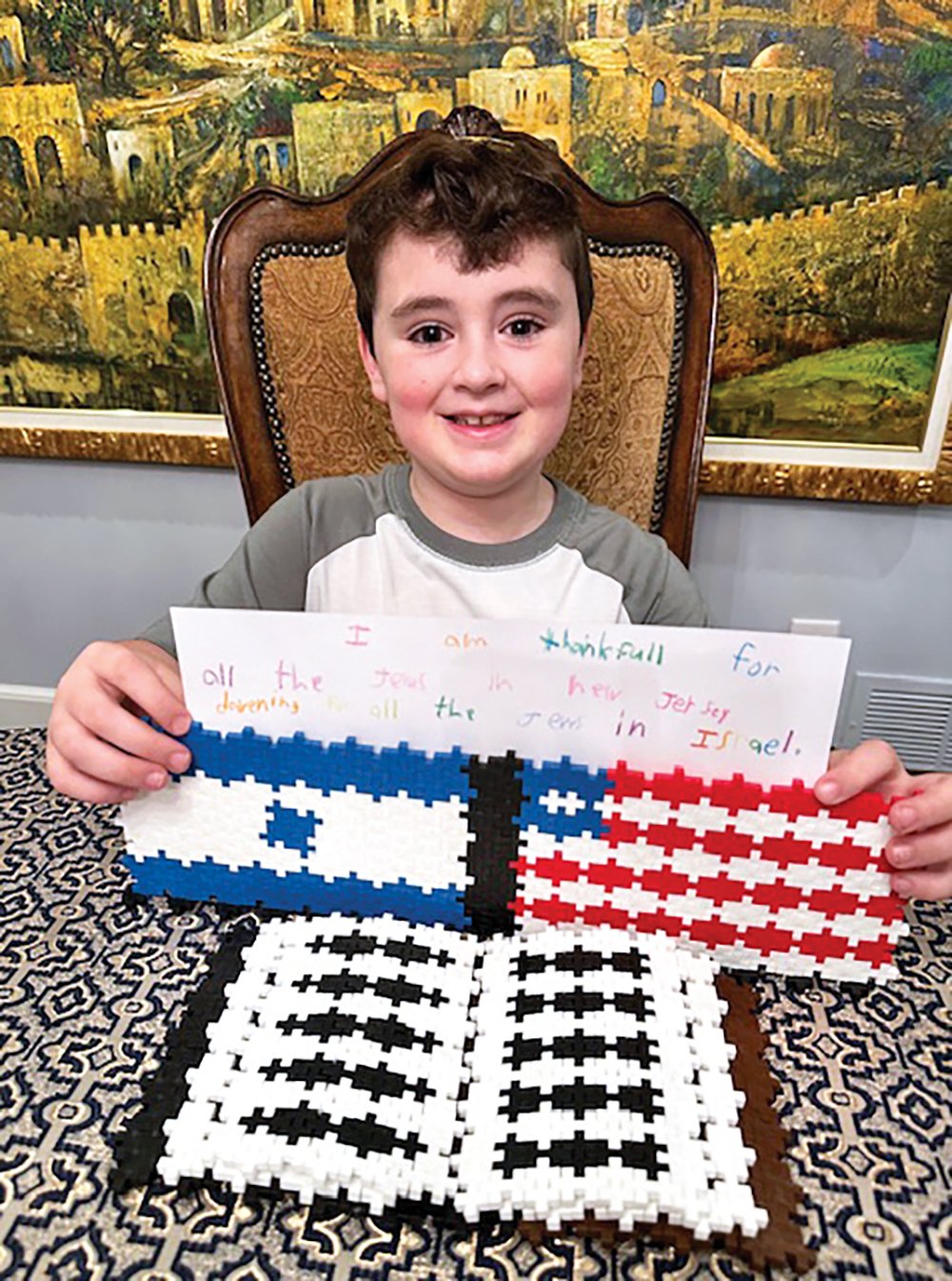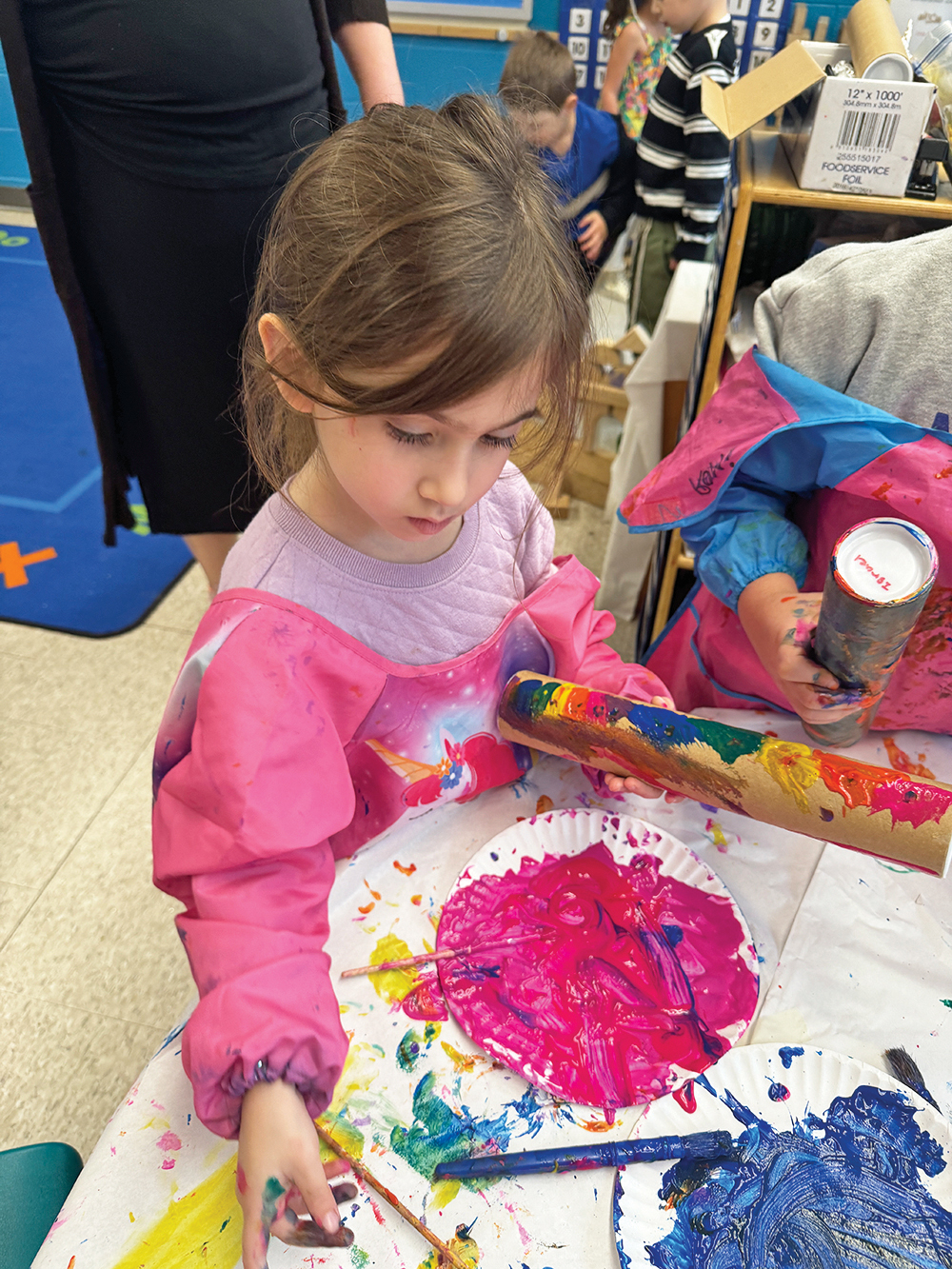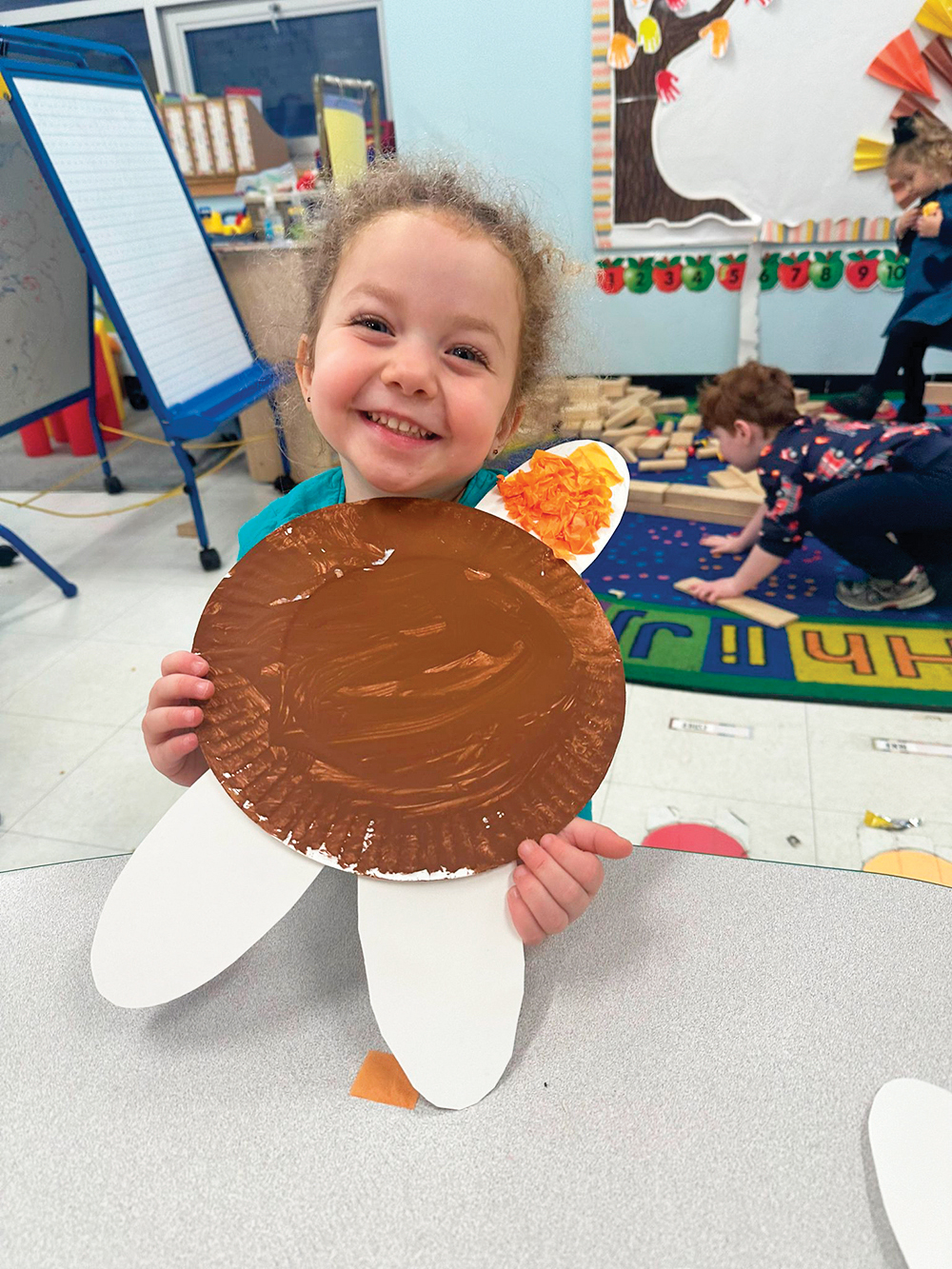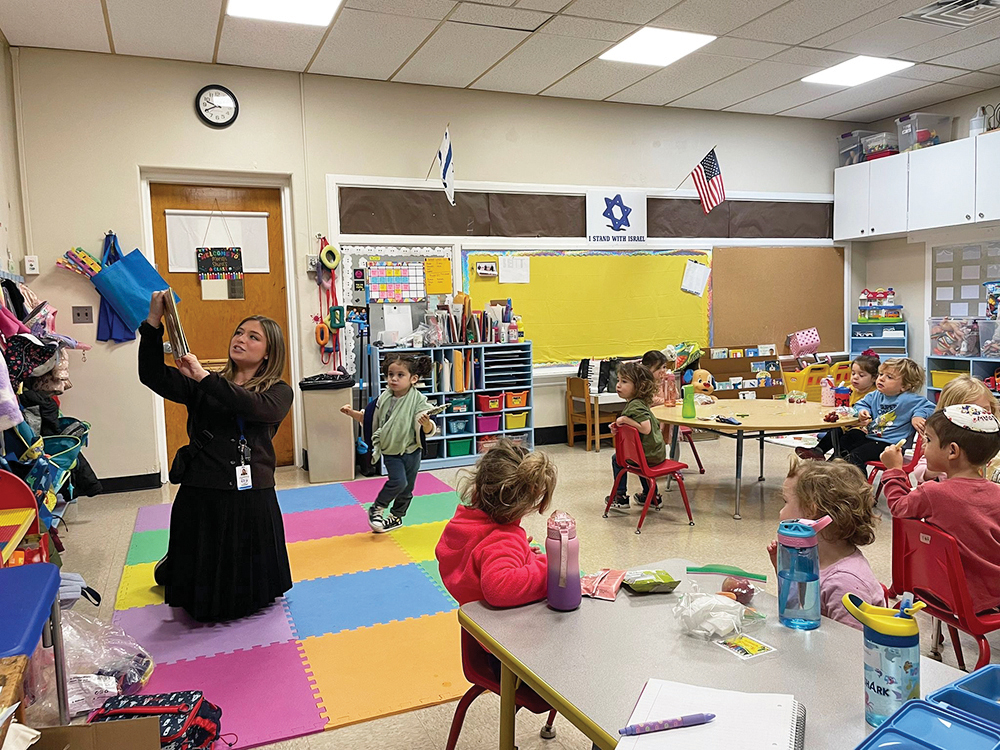
“How is the incense mixture formulated?… Balsam, onycha, galbanum, frankincense… myrrh, cassia, spikenard, saffron… costus…aromatic bark… cinnamon…and a small amount of smoke-raising herb.” Talmud, Keritot, 6b
We largely take the sense of smell for granted, and perhaps secondary, yet it should be of no great surprise that activating the sense of smell has the potential for centralized healing power. The olfactory (smell) nerve forms the shortest path of all of the cranial nerves and directly hits the portion of the brain responsible for executive function and personality, and thus can have profound effects.
The olfactory nerve, which is derived from early embryonic tissues, is the only cranial nerve that can regenerate if damaged. Additionally, the sense of smell, part of the limbic system of the brain, mediates between a person’s recognition of an event, their perception of it, and results in a true physiological reaction to it, mediated via the endocrine system. It is intricately connected to memory, pleasure and motivation. It is far more integrated and profound than the duping optic nerve, whose input is filtered, turned upside down and sent to the back of the brain. The Torah is keen on sight’s lack of truth—“atem zonim acharayhem.” Yet smell holds profound truths.
The penultimate olfactory experience mentioned in the Torah is the ketoret. This divine incense used in the Mishkan and then the Beit Hamikdash in Jerusalem was burned as the most sacred act that occurred in Jewish practice. Not only was the incense offering burned twice a day, 365 days a year, but there were three special portions saved exclusively for Yom Kippur that were only witnessed and performed by the kohen gadol in the Kodesh HaKodashim. Sadly, internal division and worldwide dispersion have left us without this essential herbal medicinal service today.
We know that there was a healing component to the ketoret service, since immediately after the first attempt at denominationalism amongst the Jewish people, in the story of Korach, some Jews started to die in a plague. This plague was stopped, however, by none other than the burning of incense by Aaron, the first High Priest. Additionally, there is a hint to the fact that the incense spices are not necessarily referred to as besamim (fragrant herbs), rather as samim (medicinal herbs).
Certain secrets of the ketoret’s composition are hidden, even to today’s greatest Torah scholars. There are suggestions by the Kabbalist and physician, the Ramban, that the mysterious maaleh ashan (smoke-raising herb) mentioned in the above Talmud quote is the same fragrant herb used in the Temple’s anointing oil: k’neh bosem. The identity of this aromatic component has been hotly retranslated throughout the centuries. What we do know, however, is that the elusive aromatic herb led to both laughter and tears, as was related in the story of Avtinas.
Unlocking the mystery of the ma’aleh ashan and k’neh bosem (kannabusma in Onkelos) may be a key in unlocking the mystery of the Temple itself and its unifying features in the Temple service.
As the Torah states in Bereishit 1:12: “And the earth grew seed-producing grass, weed and seed-bearing fruit trees of all types, and God saw this, and it was good.” For sure, Rav Kanievsky recognized this fact this past Pesach, when he blessed the scent of a most controversial medical herb, indigenous to the Middle East.
Utilizing the powerful sense of smell must be a part of healing the current diseased state of the world, as the incense altar is rebuilt and the anointing oil is remixed. There is no doubt that the unifying fragrance of the Temple has the power to end not only past and present divisions amongst the Jewish people, but also amongst nations of the world. May we all anxiously await the imminent activation of primal limbic memory and the highest of regenerational pleasure in our homeland.
By Dr. Yosef Glassman, MD
Dr. Yosef P. Glassman, IDF Reserve Lieutenant and Harvard trained geriatrician, is the CEO of Hadarta.org, working to incorporate Torah concepts to applied geriatric medicine.













